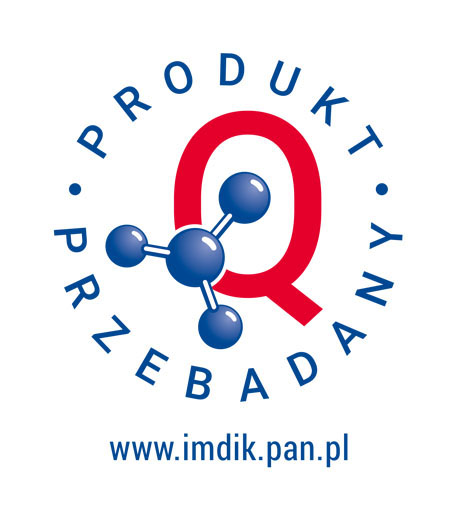Glioblastoma (GBM) belongs to the deadliest human neoplasms. Inter- and intratumor heterogeneity of GBM significantly contributes to therapeutic failure. Continued efforts to better understand biology of these tumors are required to identify new targets and design novel therapeutic approaches for GBM. Elevated glutamine (Gln) metabolism is observed in cancer cell of different origin including GBM. The first step of glutaminolysis is initiated by glutaminase (GA), which is encoded by two genes: GLS and GLS2. The role of GA encoded by GLS, upregulated in different types of neoplastic cells, seems to be restricted to enzymatic activity driving cell metabolism. In contrast to GLS isoforms, the role of proteins arising from the GLS2 gene is far from being well understood. Increasing evidence indicates that these proteins may play a tumor-suppressive functions. Moreover, discovery of nuclear localization of GAB, a major isoform encoded by GLS2, and its ability to interact with other proteins indicate that this protein may be involved also in processes other than enzymatic.
Our previous studies clearly indicate that: i) in GBM GLS is overexpressed and GLS2 is silenced largely due to promoter hypermethylation; ii) transfection of GBM cells with a GAB sequence inhibits their survival, proliferation and ability to migrate and sensitizes them towards oxidative stress and temozolomide (TMZ), the first-line chemotherapeutic agent for GBM; iii) transfection of GBM T98G cell line with a GAB sequence modulates expression of several genes of which some codes for proteins involved in oncogenesis, cell proliferation and migration. Our preliminary data show that transfection of T98G GBM cells with GAB decreases the GLS activity and protein content of the GLS-encoded isoforms but not the level of the GLS-encoded transcripts. These results suggest that some post-transcriptional mechanism has to be involved in downregulation of GLS in GAB-transfected cells. Therefore the questions arise: i) whether GAB transfection results in the similar downregulation of GLS in the other GBM cell lines; ii) what are the molecular mechanisms underlying downregulation of GLS in GAB-transfected cells. Our preliminary results and literature data documenting regulation of GLS expression by several miRNAs as well as the influence of GAB on some of the miRNAs prompted us to create a project aimed at elucidating the molecular determinants of GAB tumor-suppressive properties and verifying the hypothesis that transfection with a GAB sequence may modulate not only the transcriptome, but also the miRNome and/or proteome of GBM cells. To this end, we will examine the miRNome and proteome profiles of three GBM cell lines (T98G, U87MG and LN229) stably transfected or not with a GAB sequence. We will also analyze transcriptomes of U87MG and LN229 cells and their GAB-transfected counterparts and compare the obtained results with our previously published data on transcriptome alterations in T98G cells evoked by GAB transfection. To elucidate whether exogenous GAB acts in GBM cells as an enzyme, the activity of the GLS- and GLS2-encoded proteins will be examined. To gain deeper insights into the mechanisms of GAB action, its cellular localization in the transfected GBM cells will be analyzed. Moreover, the influence of GAB transfection on the phenotype of GBM cells in in vivo settings will be examined. LN229 cells, transfected or not with a GAB sequence, will be intracranially injected in nude mice and the tumor growth and effect of TMZ treatment on survival of mice will be examined. The level of the molecules (transcripts, miRNAs and/or proteins) that appear to be deregulated in GAB-transfected cells in in vitro model will be analyzed in tumors formed by either GAB-transfected or control cells. Studies of the past 15 years provided some clues with regard to the role of GAB in cancer cells, but they also raised several unanswered questions. Data obtained from this project will provide groundbreaking insights, resulting from both in vitro and in vivo experiments, into the mechanism underlying GAB action in GBM cells. In a more distant perspective, results from this project might constitute a robust basis for the design of new anti-GBM therapy.






